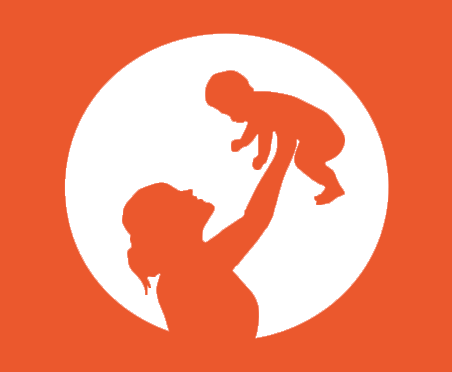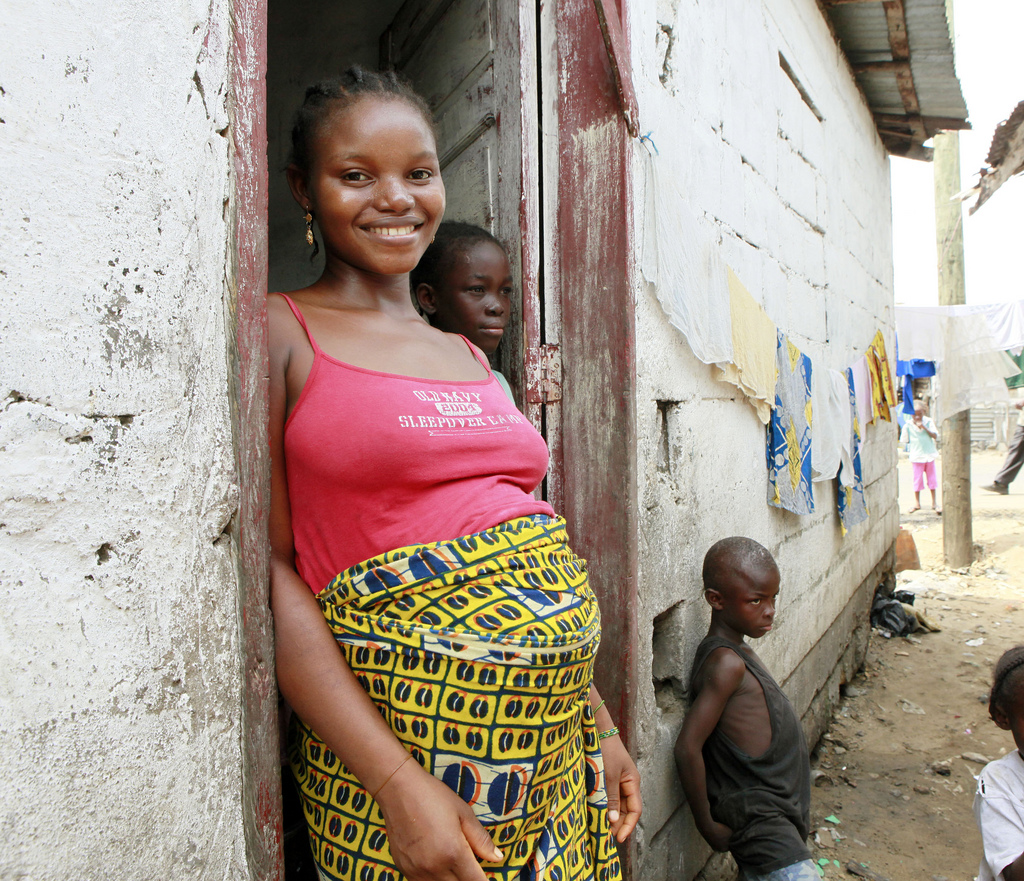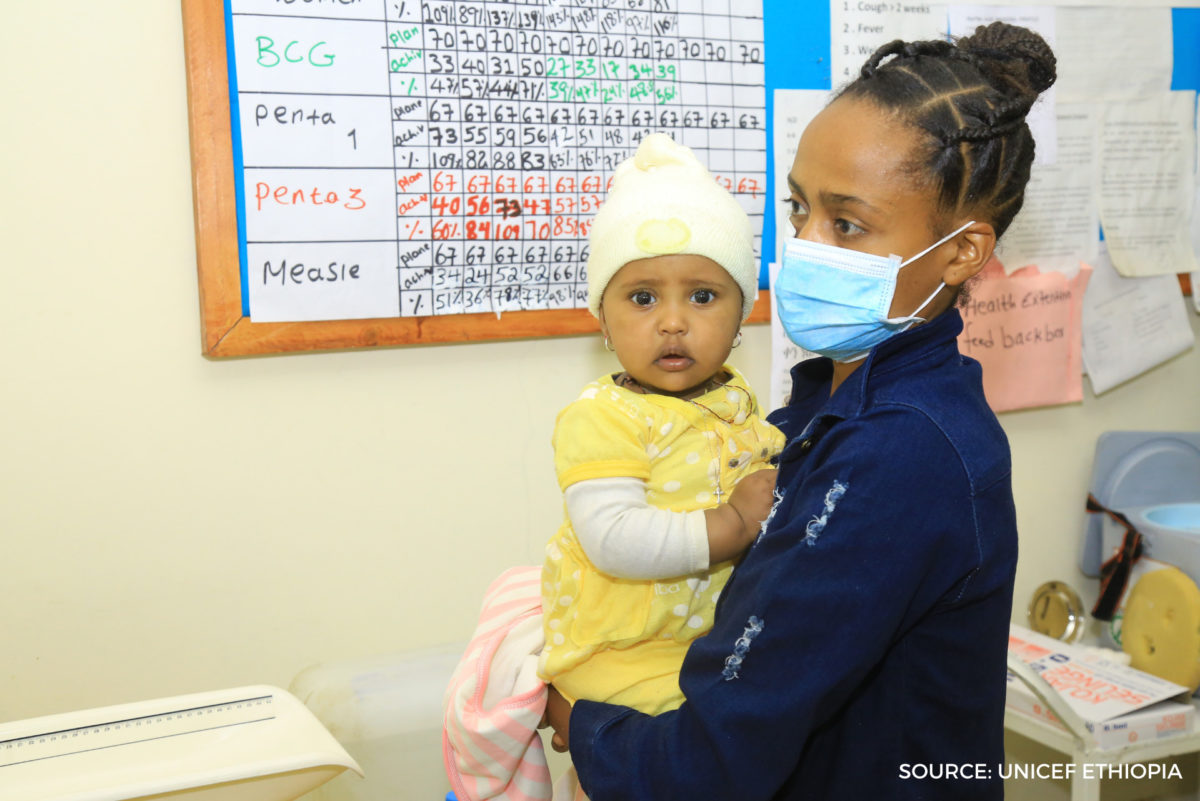U.S. Breastfeeding Committee’s Statement on the Formula Shortage
The following guidance is also available from the Academy of Breastfeeding Medicine and HealthyChildren.Org.
Dear Members,
It’s been a long week/month/year (already, here in May). We see you. We are you. Much love.
As the United States faces a serious shortage of infant formula, we know that no baby should ever go hungry. Families are scared and stressed, and like every other crisis facing our nation, BIPOC and economically vulnerable communities are pressed even harder. This is a national crisis.
Long standing public health advocates know this was predictable and thus preventable. The USBC-Affiliated COVID-19 Infant & Young Child Feeding in Emergencies Constellation published a Statement at the start of the pandemic outlining actions needed to prevent the formula shortage and care gaps seen at that time from growing to a dangerous level. Being prescient is only valuable in the context of investment, action, and policy change to ensure every family has access to care. Yet here we are.
A robust infrastructure to support infant and young child feeding in emergencies includes both inventories of available commercial milk formula and lactation support and resources in every community. Public officials are currently calling for increased production of formula – which is desperately needed – yet without also investing in lactation support in every community. This exacerbates existing gaps, and as such feels short-sighted. Thank you to all the organizations lifting up resources and information on boosting milk supply, re-lactation, human milk donation, informed consent for safer milk sharing, all while calling out the systems failure that caused this to be necessary.
Long term, this is still a call to action to build systems and infrastructure to ensure that breastfeeding/human milk feeding is the easy and obvious feeding choice for most families. This includes routine skin to skin at birth; continuity of care from trained lactation support providers; family paid leave; workplace accommodations; a regulated commercial milk formula industry that invites formula-feeding parents to the table as valued stakeholders; a national network of milk banks; and IYCF-E infrastructure for disaster relief. Systems, in other words, that hold us all in care. Collectively we can build the resiliency to support a single community during a flood, a region during a power outage, or a nation during a pandemic or supply chain crisis. Dear choir – we know you know this sermon.
As the nation grapples with the immediate and present impact of this emergency, we need to do everything we can to support infant nutrition, including ensuring access to lactation support, supplies, and accommodations, donor milk, and infant formula. Organizations and agencies from across the nation are mobilizing in response to the shortage, offering support and messaging response according to the scope, stance, and capacity within their reach.
Throughout its history, the U.S. Breastfeeding Committee has worked to ensure food security for our nation’s infants by addressing gaps in the policy landscape with policy, systems, and environmental change solutions that include building an infrastructure for infant and young child feeding in emergencies. We remain committed to this cause and will continue to curate and amplify resources from the field, for the field, so that you are equipped to support the families you serve.
Thank you for all you are doing, including taking respite as you need.









